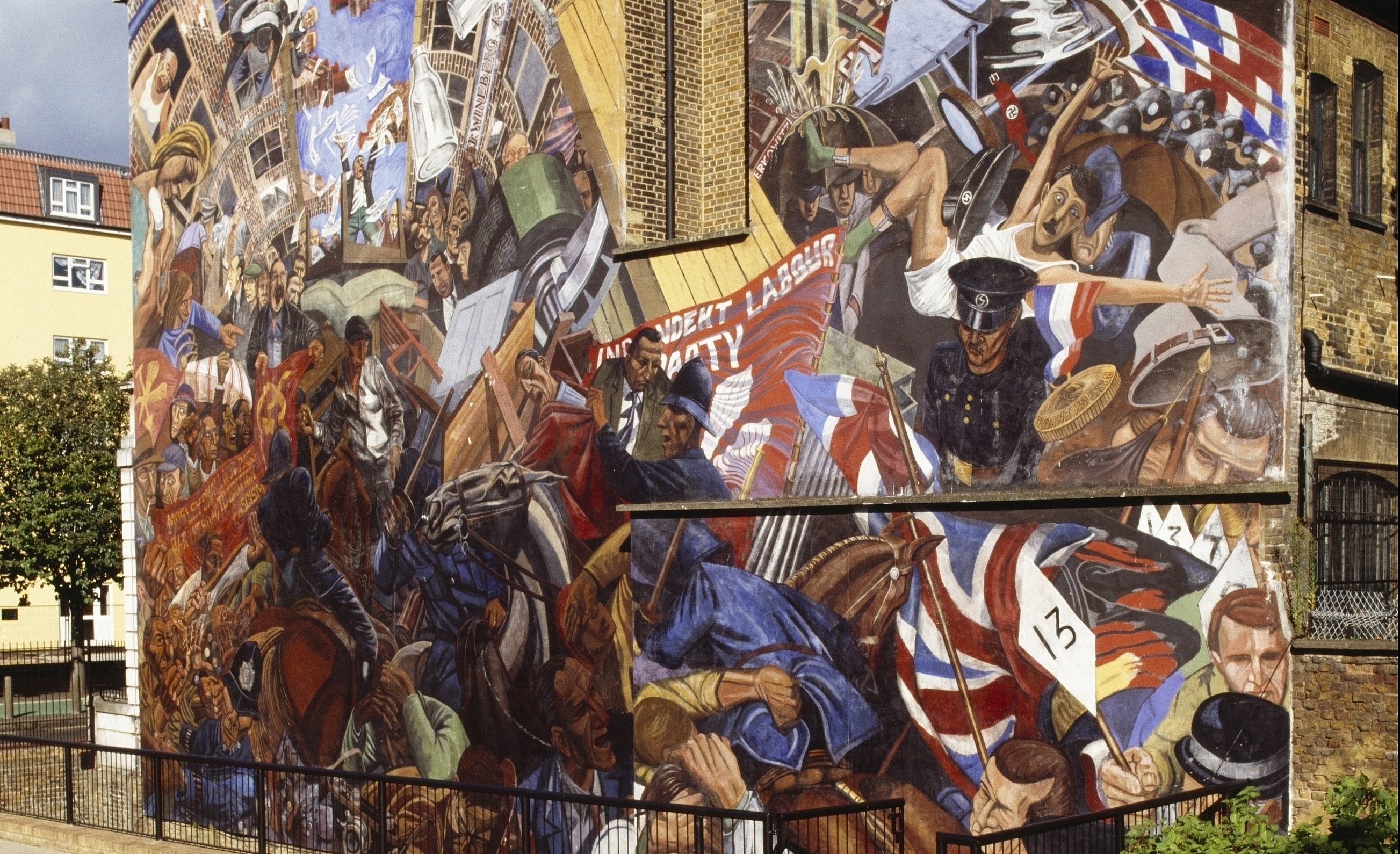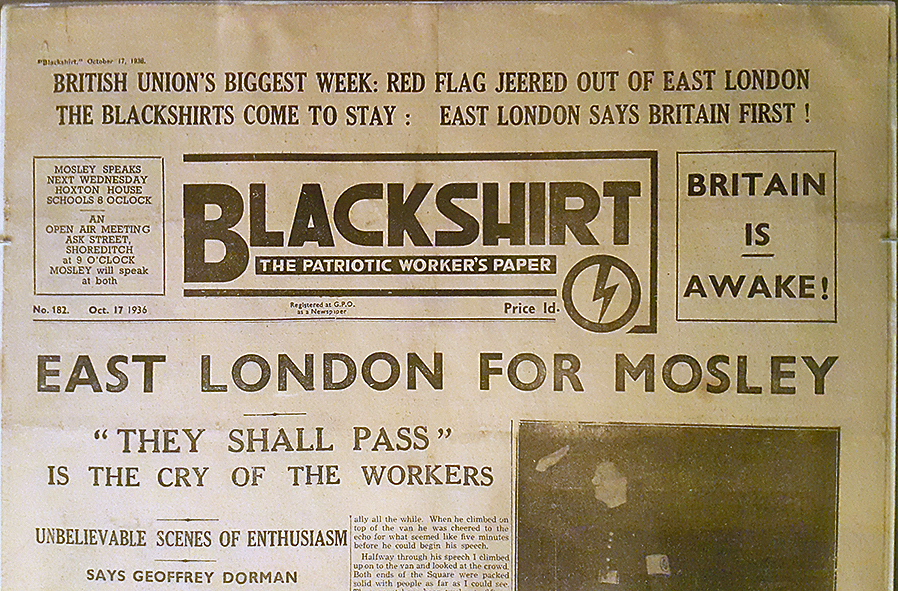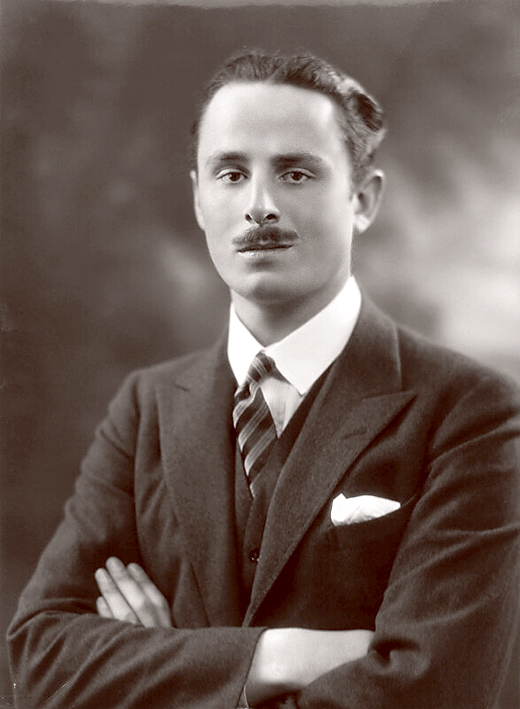After Cable Street, victory made way for violence
Just days after the historic stand against fascism came the Mile End Pogrom – the worst incidence of anti-Jewish violence witnessed during the interwar period. We revisit this event, 85 years on
Back in 2016 when I met Willie Myers, it was hard to imagine the serene figure in front of me as anything but gentle and welcoming. With typical pride, the 94-year-old Ilford great-grandfather pointed to pictures of his family while offering up biscuits.
And yet, as the conversation turned to Cable Street, a transformation occurred. His eyes suddenly exuded an energy unaltered by the passage of time and his commitment to defending his community became unashamedly clear.
“I was 14 when my anti-fascist involvement began,” he recalled. “A friend convinced me to join the Young Communist League and I began feeling it was my duty to oppose Oswald Mosley’s British Union of Fascists. We all did.”
Get The Jewish News Daily Edition by email and never miss our top stories Free Sign Up
Formed in October 1932, the British Union of Fascists (BUF) claimed a peak membership of 50,000 in mid-1934. Yet, by 1936, it had fallen into steep decline.
Increased violence, grossly demonstrated during a mass rally at London’s Olympia, and the movement’s growing antisemitism began deterring much of its conservative support. Even the media largely ignored the rising radicalism of this weakening force in British politics.
But when the BUF announced its intention to march through the East End on 4 October 1936, its residents took notice.
Willie joined a crowd of at least 100,000 anti-fascist protestors seeking to prevent 3,000 or so black-shirted members of the BUF marching through the predominantly Jewish quarter of London.
The crowd was diverse: a united front of Jews, communists, Irish dockers and trade unionists.
What followed was a violent confrontation, not between the two belligerents as is commonly believed, but between the anti-fascists and the 6,000 police officers, who were under orders to protect the marchers. In total, around 80 anti-fascists were arrested and at least 73 officers injured. But the fascists did not pass and Cable Street’s legacy was born.
Defeat in victory?
Although the anti-fascists were quick to praise their own efforts, most scholars now accept that Cable Street was, at best, a symbolic demonstration of popular hostility against fascism and antisemitism. An important marker, yes, but in reality, the consequences were dire for the Jewish community.
The following weekend witnessed the worst incidence of anti-Jewish violence in the interwar period, the infamous Mile End Pogrom.
Around 150 to 200 fascist youths smashed up Jewish shops and houses, even throwing an elderly Jewish man and young child through a window. The backlash wasn’t limited to London: similar episodes occurred in Leeds and Manchester.
Antisemitism worsened to such an extent that the Jewish People’s Council, the leading force in East End Jewish anti-fascism, warned the following summer of the fascist “terrorism which appears to increase week by week”.
The historical record also reveals that Cable Street renewed sympathy towards the BUF. The violent response by those opposing Mosley was successfully spun as an illegal blockade of a march organised with police permission. The result was significant: the BUF’s membership increased by several thousand and the party mustered a remarkable 18 percent of the popular vote in local elections the following March.
Perhaps most revealingly, almost exactly one year later, a near identical battle took place in Bermondsey, just one mile south of the river. Again, more than 100,000 anti-fascists faced a column of approximately 3,000 Blackshirts, with the violence leading to 113 arrests. Its very existence stands as stark evidence against the finality of Cable Street.
Inspiring a new generation
Why, then, has Cable Street entered popular memory as the turning point in the defeat of British fascism? If the Battle seemingly made little difference to the anti-fascist struggle of the 1930s, shouldn’t it be a mere footnote in history?
Sitting with us in Willie’s home is his grandson, Natan Doron. Now a senior policy adviser to the Mayor of London, Natan speaks eloquently of his grandfather’s influence on him.

“My grandpa’s generation did the heavy fighting and their struggle resulted in opportunities for future generations. It has formed an important part of my own politics. Cable Street taught me you have to fight for change and progress isn’t inevitable.”
So perhaps the significance of Cable Street lies in its influence on subsequent generations.
But what of the fighting itself? The violence forms an important, but perhaps uncomfortable, part of the Cable Street story. It mustn’t be forgotten that the ‘heroes’ of Cable Street fought directly with the Metropolitan Police. Admittedly, the anti-fascists believed the establishment’s tolerance of Mosley’s fascists made the police a legitimate target, but can violence ever be justified?

“I think violence should be a last resort, but I wouldn’t hesitate to fight back even today if it was necessary,” says Willie.
A veteran of the militant 43 Group, goes further. Maurice Podro, who died aged 91 last year, fought the resurgence of fascism in post-war Britain. At the time of his interview in 2016, his response was unambiguous. “I am a firm believer that you fight violence with violence. I don’t see it any other way.”
Drawing the right lessons
But if you don’t believe in violence as a solution, what lessons can be taken from Cable Street?
According to a spokesman for anti-racism organisation Hope Not Hate, “Cable Street showed how important it was to forge common unity in the face of organised hatred, and to stand up alongside vulnerable communities.”

Unity in the face of adversity is a strong message. But it must be peaceful, according to historian Daniel Tilles. He admired the courage of the anti-fascist protestors, but warned of drawing the wrong lessons from Cable Street. “Far-right movements rely on a victimhood narrative and create conflict to drum up interest,” he explained. “By starving them of attention, they remain rooted to the fringes.”
Today’s fascists are, fortunately, far smaller in influence. It’s hard to imagine 300 – let alone 3,000 – right-wing sympathisers marching through Golders Green. Or is it?
My discussion with Willie concluded with his chilling warning, referencing then-UKIP leader Nigel Farage. “When I shut my eyes and listen, all I can see is Mosley staring back at me.”
- A version of this article originally ran in 2016 to mark the 80th anniversary of the Mile End Pogrom

Thank you for helping to make Jewish News the leading source of news and opinion for the UK Jewish community. Today we're asking for your invaluable help to continue putting our community first in everything we do.
For as little as £5 a month you can help sustain the vital work we do in celebrating and standing up for Jewish life in Britain.
Jewish News holds our community together and keeps us connected. Like a synagogue, it’s where people turn to feel part of something bigger. It also proudly shows the rest of Britain the vibrancy and rich culture of modern Jewish life.
You can make a quick and easy one-off or monthly contribution of £5, £10, £20 or any other sum you’re comfortable with.
100% of your donation will help us continue celebrating our community, in all its dynamic diversity...
Engaging
Being a community platform means so much more than producing a newspaper and website. One of our proudest roles is media partnering with our invaluable charities to amplify the outstanding work they do to help us all.
Celebrating
There’s no shortage of oys in the world but Jewish News takes every opportunity to celebrate the joys too, through projects like Night of Heroes, 40 Under 40 and other compelling countdowns that make the community kvell with pride.
Pioneering
In the first collaboration between media outlets from different faiths, Jewish News worked with British Muslim TV and Church Times to produce a list of young activists leading the way on interfaith understanding.
Campaigning
Royal Mail issued a stamp honouring Holocaust hero Sir Nicholas Winton after a Jewish News campaign attracted more than 100,000 backers. Jewish Newsalso produces special editions of the paper highlighting pressing issues including mental health and Holocaust remembrance.
Easy access
In an age when news is readily accessible, Jewish News provides high-quality content free online and offline, removing any financial barriers to connecting people.
Voice of our community to wider society
The Jewish News team regularly appears on TV, radio and on the pages of the national press to comment on stories about the Jewish community. Easy access to the paper on the streets of London also means Jewish News provides an invaluable window into the community for the country at large.
We hope you agree all this is worth preserving.
-
By Laurent Vaughan - Senior Associate (Bishop & Sewell Solicitors)
-
By Laurent Vaughan - Senior Associate (Bishop & Sewell Solicitors)
-
By Laurent Vaughan - Senior Associate (Bishop & Sewell Solicitors)
-
By Laurent Vaughan - Senior Associate (Bishop & Sewell Solicitors)






















